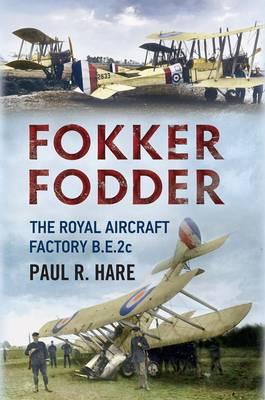Last week it was Spitfires and this time out we have the humble BE2c. You couldn’t get two more different aeroplanes if you tried and yet they have a connection you find in one of those degrees of separation things we all like. A colourful Member of Parliament by the name of Noel Pemberton-Billing stood up in the House and alleged the incompetence of the senior men running the Royal Flying Corps by their
persistent failure to introduce a better aircraft than the BE2 for the crews to fight with. He accused them of murder. His harsh words led to two enquiries but in the end the senior airmen were exonerated. In a varied life Pemberton-Billing had a company that built seaplanes and coined the name Supermarine. He sold out to the men who would build the Spitfire. Do you see what I did there?
But is it right to put down the BE2c? It was the primary artillery spotter and reconnaissance platform of the RFC. It was a placid aeroplane that could almost fly itself. Pilots could fly ‘hands off’ for long periods. It was a most undemanding aeroplane. You can get hot under the collar about the classic fighters of the Great War, but it was the BE2 that did the trench mapping and artillery spotting. At home it was used successfully to shoot down Zeppelins. It was a war winner. In fact you might argue that it was the most important British aircraft of the war. Pemberton-Billing’s showboating might have gained oxygen during the bloodletting of Bloody April, but the RFC found a way back and although it was the fighter pilot glamour boys who took the Albatri and Fokkers on head to head, the men who flew the BE2 and its successor, the RE8 were the real deal. They were the eyes of a victorious army.
Another thing about the BE2c is its pedigree. It was designed by none other than Geoffrey De Havilland but the most effective model, the ‘C’, was the work of the very hands on but, alas, ill-fated Ted Busk. His early death robbed the British aircraft industry of a star. The aeroplane was stable and sure footed. It might have lacked va-va-voom but it had a Renault engine and it was very reliable. For all its gentility, it was a quality product. Unfortunately it was just a little too well mannered for the vanguard of the Fokker scourge.
There is a lot to learn in this economically written volume. A one word description for it might be quaint. I found very little to dislike. It isn’t the longest but it gets all the important stuff in and it is a diverting read. There are a lot of interesting photographs and although the format doesn’t truly present them at their best it all works. It’s another coincidence that one snap shows a BE2 with a bunch of boy scouts because if this book was done for Bob a Job Week, it could have one of those little stickers you used to see in the front windows of our homes. They said Job Done. Nuff said.
Review by Mark Barnes for War History Online
FOKKER FODDER
The Royal Aircraft Factory BE2c
By Paul R Hare
Fonthill Media
ISBN: 978 1 78155 065 6
